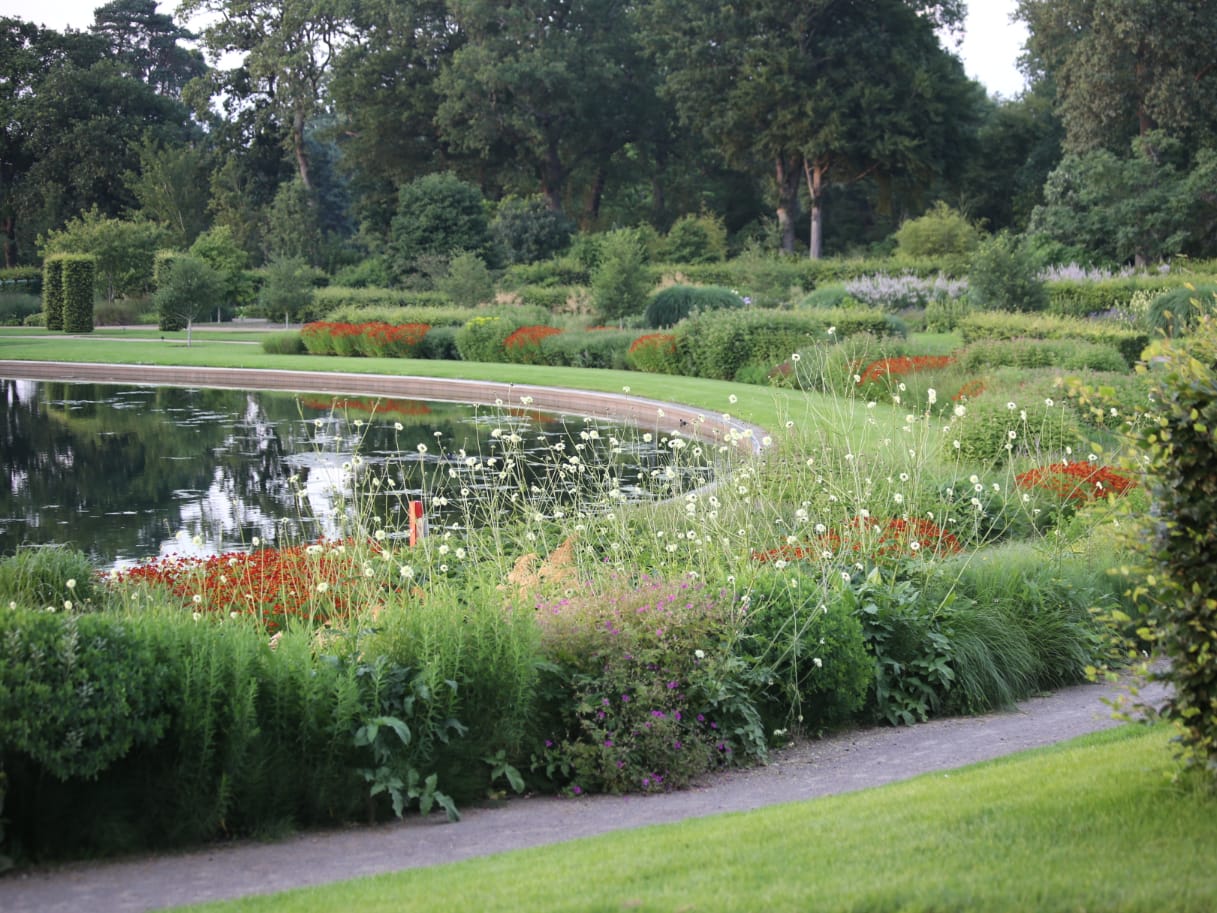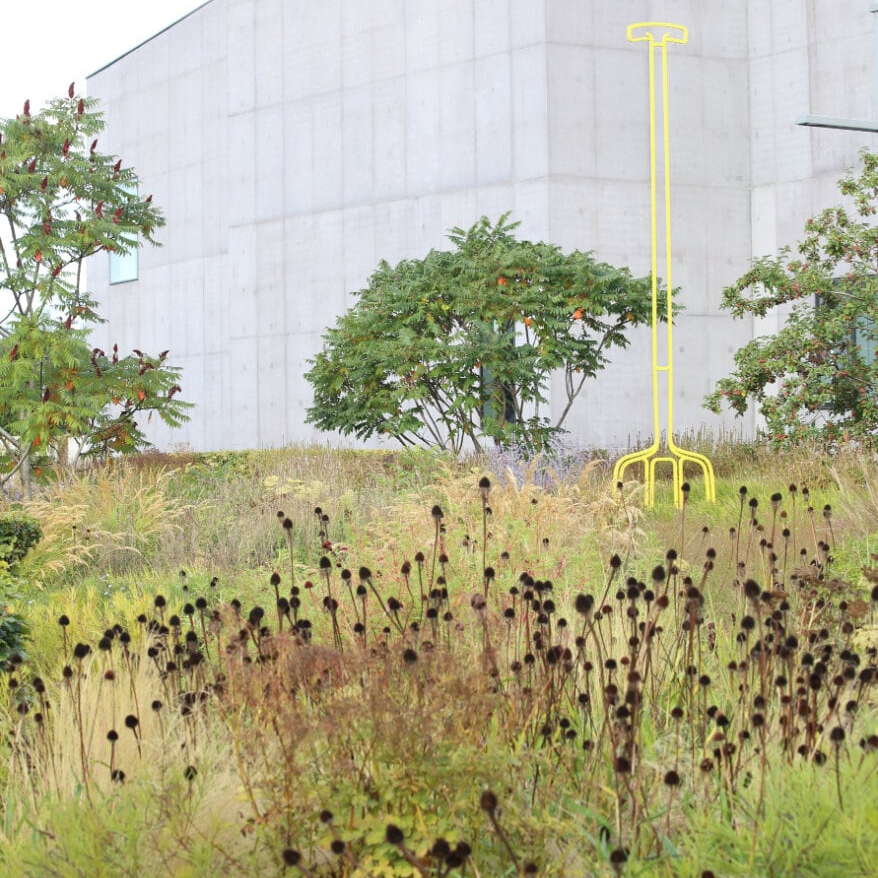What To Know Before Visiting A Public Garden
Not only are public gardens beautiful places to visit, for many of us they are a place where we pick up ideas and inspiration on how to be a better gardener. When I was working and studying at RHS Wisley, I’d often speak to visitors who’d innocently got the wrong end of the stick about what we were doing, or simply misinterpret what they were seeing. Here’s a few notes I made I think are worth sharing.

Just because they grow it, doesn’t mean it’s a good plant
If you want to grow a rose, why grow a disease-prone scentless variety that only flowers for a month, when you can find a healthy one that flowers all summer long and oozes beautiful fragrance? Before I worked in a large public garden, I assumed that whatever cultivars they grew, must be some of the best available. In reality, at RHS gardens many of the plants are on trial either formally or informally, so they may be growing every variety of yellow-needled dwarf pine, for example, to see which are the better ones. Hopefullyu the best varieties shine through, but it’s not always easy to tell at first or just be looking at them at one time of year. They may also be housing a Plant Heritage National Collection, meaning they collect every variety of a species, for conservation and education purposes. Again, some of the varieties will be miserable sulky things best avoided, while the ones worth growing reveal themselves if you put in a little effort through doing some research and making good observations. A bit simpler is to just ask a gardener or look up via Google which ones recently got an AGM (Award of Garden Merit).

Just because professional gardeners do it that way, doesn’t mean you need to
You may see gardeners cutting back plants or doing winter pruning of shrubs earlier than is needed. In a huge garden with limited staff, tasks that take a long time need to be started early. At home you may be able to leave all your perennials standing until late February and cut them all down in a weekend, but in a huge planting scheme it can take months, so an early start is critical in order to avoid the frustration of cutting back plants while new growth is already emerging. As humans it’s also understood that we tend to assume there is thinking and logic behind many things we see, when in fact there is none. Words like Pareidolia and Apophenia kind of describe this trait. When we visit gardens looking for tips on how to manage our own gardens, our brains can mislead us into thinking everything we see is the result of sound horticultural reasoning. This stood out to me when we were mulching the orchard trees with woodchip, and ran out just as we reached the plumbs. A week later I heard a few visitors walking past who noticed the unmulched plums, mention to each other that perhaps they too should not much their plums as the gardeners at Wisley hadn’t mulched theirs!

Be careful where you take you inspiration from
Professional gardeners often strive to create plantings that look utterly beautiful and yet completely effortless. Don’t be fooled. Well designed hardy perennial plantings may genuinely be fairly low maintenance, but serious wow-factor displays unusually demand constant attention, supplementary water, extra nutrients, daily tinkering with plant supports, dead-heading and even seasonal swapping out of plants. The effect of having a constant stream of professional gardeners walking past an area every day, also means that problems are spotted early and managed quickly. Don’t beat yourself up if you can’t achieve the same level of wow-factor at home. Talk to the gardeners and ask which bits of the garden are genuinely lower maintenance, you may find planting inspiration that fits your own lifestyle better. With lots of space, public gardens can also afford to have areas that only look good for a month or two, but in a smaller home garden there’s more need for plant combinations that look great much longer through the year. Visiting the same garden through each of the different seasons will help you get a grasp of which types of planting give you year-round joy.
The White Garden at Sissighirst. Requires attentive dead-heading to avoid browning flowers spoiling the display.
Owen Hayman
Owen joined the Bestall & Co planting and aftercare team in spring 2019. He is an RHS qualified horticulturist, holding a full Level 3 Diploma in Horticulture, and recently came in the top 3 at the Northern Regional Final of The Young Horticulturist of the Year 2019. After first doing a foundation diploma in Fine Art, he went on to gain a degree and masters in Plant and Soil Science from the University of Sheffield in 2014. Owen worked as a researcher on various field research projects in Alaska, Panama and Borneo. When not away in the field, he became obsessed with visiting gardens and nurseries across the British Isles and the Netherlands, developing his own garden, and then taking on a walled allotment garden as a personal project. He realised his true passion was in horticulture, and so moved away from academia and into the world of specialist plant nurseries and professional gardening.
Owen is now studying the Wisley Diploma, but continues to write articles for us on a monthly basis, and we're delighted to maintain contact with such a passionate and knowledgable plantsman.




